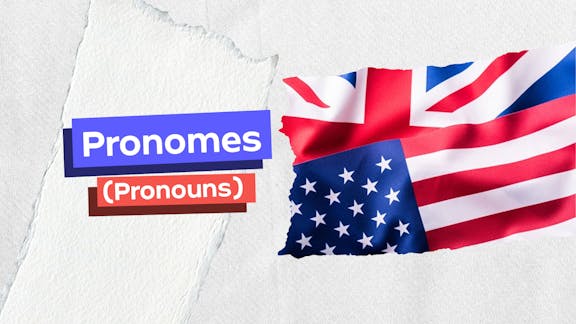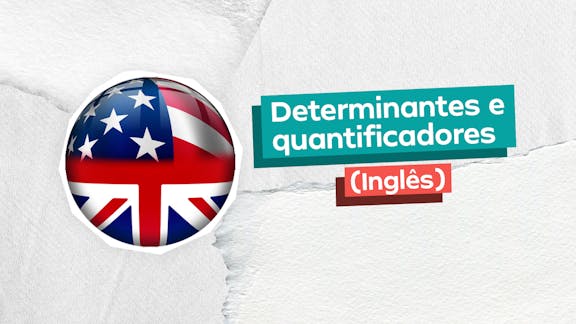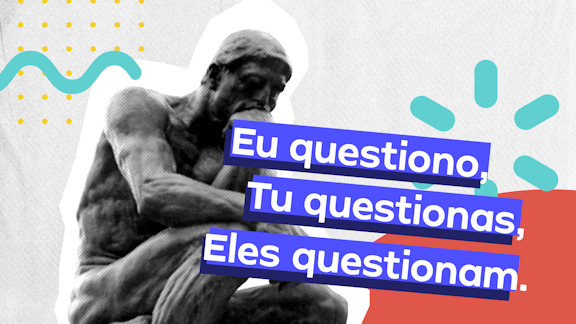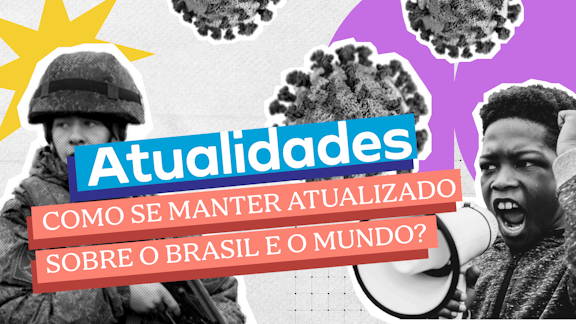The text ‘Brazil as a bridge between old and new powers?’ has been extracted from a text published in the periodical
International Affairs, issue nº 89. The issue, as stated by the editors in an introductory article, ‘… has been divided into two
parts. Part one comprises case-studies of three rising powers — Brazil, India and China — while the articles in part two
cover the various actors and entities that have reason and/or ability to attempt to manage the rise of new powers. (…) These
multiple actors may be grouped into four categories…’
The following definitions were given in the introductory article for each of the categories:
1. This group comprises states and groupings of states that have acquired, over the past decades, the role of agendasetters
as Great Powers. They have exerted defining influence in shaping the rules and norms of global governance.
Despite their relative decline (especially with reference to the rising powers), they still have enough power to act as
gatekeepers to the inner sanctums of international regimes.
2. In this category are the countries that represent the proverbial grass that gets trampled when elephants fight. They often
form the unfortunate terrain on which scrambles for power can occur, but are also occasionally able to exercise powerful
leverage by providing the follower base that aspiring leaders seek, and legitimize claims to greater power by securing for
those leaders the backing of large numbers.
3. As the shift in the balance of power that we see under way today is not occurring simply between states, this category
includes businesses and non-governmental organizations (NGOs) that have emerged as repositories and brokers of power,
effectively harnessed by states at different levels of the hierarchy and harnessing them to serve their own causes in turn.
4. This category recognizes that most international organizations, regimes and networks are seldom ‘actors’ in their own
right. But different organizations, networks and regimes, even when made up of similar memberships, show different
degrees of adaptability and reform in response to the needs and demands posed by rising powers.
The sequence that matches the category with its definition is:
The text ‘Brazil as a bridge between old and new powers?’ has been extracted from a text published in the periodical International Affairs, issue nº 89. The issue, as stated by the editors in an introductory article, ‘… has been divided into two parts. Part one comprises case-studies of three rising powers — Brazil, India and China — while the articles in part two cover the various actors and entities that have reason and/or ability to attempt to manage the rise of new powers. (…) These multiple actors may be grouped into four categories…’
The following definitions were given in the introductory article for each of the categories:
1. This group comprises states and groupings of states that have acquired, over the past decades, the role of agendasetters as Great Powers. They have exerted defining influence in shaping the rules and norms of global governance. Despite their relative decline (especially with reference to the rising powers), they still have enough power to act as gatekeepers to the inner sanctums of international regimes.
2. In this category are the countries that represent the proverbial grass that gets trampled when elephants fight. They often form the unfortunate terrain on which scrambles for power can occur, but are also occasionally able to exercise powerful leverage by providing the follower base that aspiring leaders seek, and legitimize claims to greater power by securing for those leaders the backing of large numbers.
3. As the shift in the balance of power that we see under way today is not occurring simply between states, this category includes businesses and non-governmental organizations (NGOs) that have emerged as repositories and brokers of power, effectively harnessed by states at different levels of the hierarchy and harnessing them to serve their own causes in turn.
4. This category recognizes that most international organizations, regimes and networks are seldom ‘actors’ in their own right. But different organizations, networks and regimes, even when made up of similar memberships, show different degrees of adaptability and reform in response to the needs and demands posed by rising powers.
The sequence that matches the category with its definition is:

1. The established powers
2. Small and marginalized actors
3. Private actors
4. International organizations and other mechanisms of global Governance
1. Small and marginalized actors
2. The established powers
3. International organizations and other mechanisms of global Governance
4. Private actors
1. International organizations and other mechanisms of global Governance
2. Small and marginalized actors
3. The established powers
4. Private actors
1. The established powers
2. Private actors
3. Small and marginalized actors
4. International organizations and other mechanisms of global Governance
1. Small and marginalized actors
2. Private actors
3. International organizations and other mechanisms of global Governance
4. The established powers






